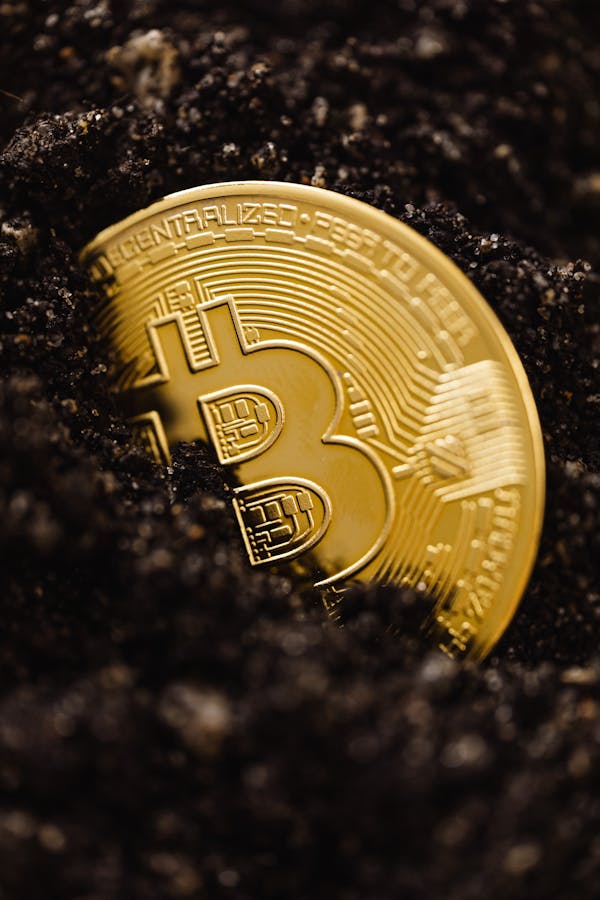Cryptocurrencies are a revolutionary new digital form of money that is not issued by any government or company. They are secured by advances in math, computer science and cryptography.
Proponents claim that cryptocurrencies can expand people’s economic freedom around the world by allowing them to transfer funds without the need for intermediaries such as banks. They can also be used as an investment strategy. Find out more with https://cryptsy.com/
What is a Cryptocurrency?
Cryptocurrency is a form of digital money that uses encryption algorithms to secure transactions. It’s designed to operate independently of banks and other traditional financial institutions, facilitating peer-to-peer transactions without the need for middlemen.
Cryptocurrencies are digital tokens that can be exchanged for goods and services or stored as a store of value. They’re built on a technology called blockchain, which is a continuously growing list of records, or blocks, that are linked and secured using cryptography. These blocks contain transaction data, a hash pointer to the previous block, a timestamp and other information.
Popular cryptocurrencies like Bitcoin have market capitalizations in the hundreds of billions of dollars. But they’re not as widely used as the currencies of countries and companies, and their value can fluctuate wildly. There are also concerns about how legal and regulated cryptocurrency is. One big concern is whether the SEC will classify cryptocurrencies as securities. If that happens, it could have major implications for the industry.
Types of Cryptocurrencies
There are thousands of different cryptocurrencies on the market, and while Bitcoin gets all the headlines, there is much more to this new type of finance. For starters, a cryptocurrency can be categorized as either a coin or a token.

Coins are digital entries on an online ledger, called a blockchain, that record transactions in a decentralized manner without the need for third-party intermediaries like banks or monetary institutions. Coins have their own unique code, which distinguishes them from other entries on a blockchain and safeguards them with various encryption algorithms.
A stablecoin is a type of cryptocurrency that maintains a peg to the value of another asset, such as the U.S. dollar. USDC coins are backed by assets that hold up to the promise that one USDC coin will always be equal in value to $1 U.S. dollars. There are also utility tokens, like XRP and Ethereum’s ERC-20, which offer specific functions on their respective networks.
Exchanges
Cryptocurrency exchanges are digital platforms where investors can buy and sell cryptocurrencies. Like traditional brokerages, they match digital asset buyers and sellers, allowing users to deposit fiat currency (like USD) into their accounts, and then “exchange” those funds for the crypto of their choice. They typically charge trading and withdrawal fees, which can quickly eat into investment returns.
Centralized exchanges (CEX) are regulated by governments and follow strict Know Your Customer rules, often disclosing wallet holdings and reserves to their customers. But some crypto enthusiasts dislike centralized exchanges because they contradict the decentralized ethos of cryptocurrency.
A decentralized exchange (DEX) doesn’t rely on an internal order book to facilitate trades — instead, they use smart contracts to automate the process of exchanging one crypto for another. However, they tend to have less user friendly interfaces and lower liquidity. Uniswap, for example, uses a hybrid model that leverages both centralized and decentralized components. Other features to look for include supported assets, payment methods and verification requirements.
Mining
Cryptocurrency mining is the process of adding transactions to the blockchain, which is the decentralized ledger that records cryptocurrency transactions. It functions like a long running receipt, with groups of approved transactions added together to form “blocks.” Miners are rewarded with cryptocurrency for their work in the blockchain.
At its peak, mining was an arms race that drove demand for graphics processing units (GPUs). The result was a booming industry that has since faded away as the difficulty of mining top cryptocurrencies has increased.
Many people wonder, “Can I mine cryptocurrency?” It’s possible but difficult without substantial investment in equipment. The first step is to find a cloud mining provider online that supports the cryptocurrency you want to mine. Next, select a plan that fits your budget and mining hardware. Then, register your cryptocurrency wallet code with the host. Our Freeman Law Bitcoin and Blockchain Resource Page can guide you through the process.